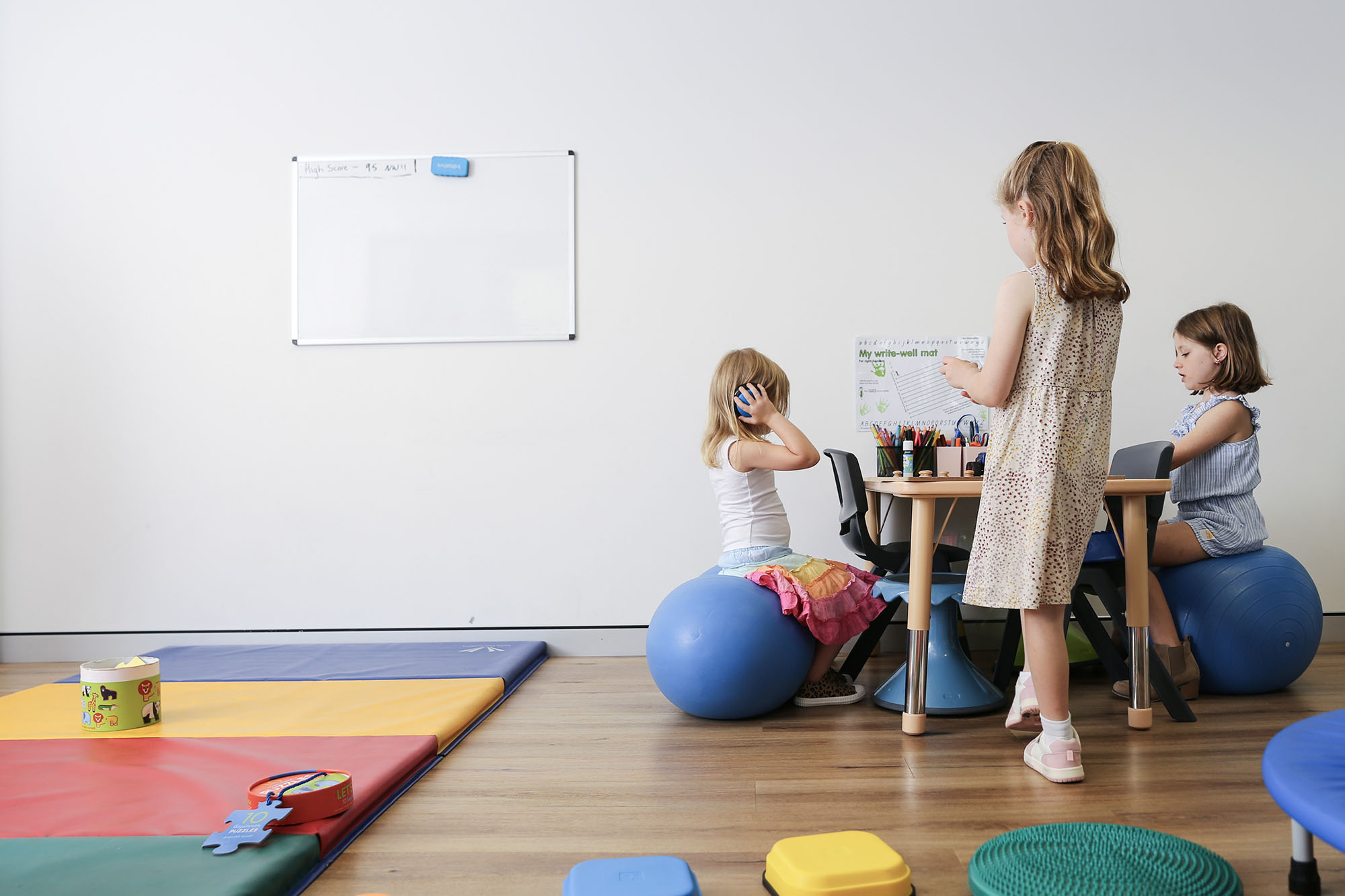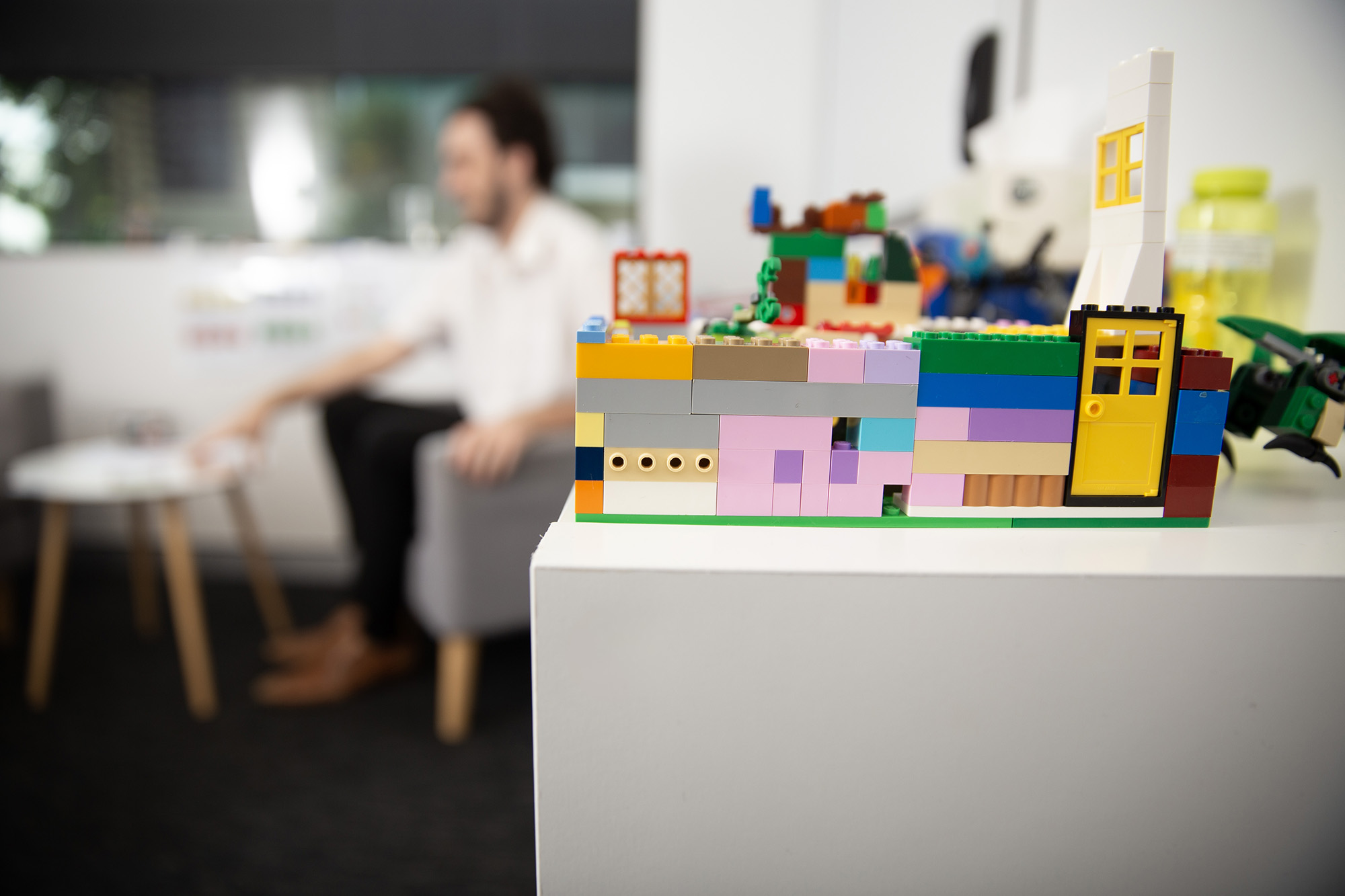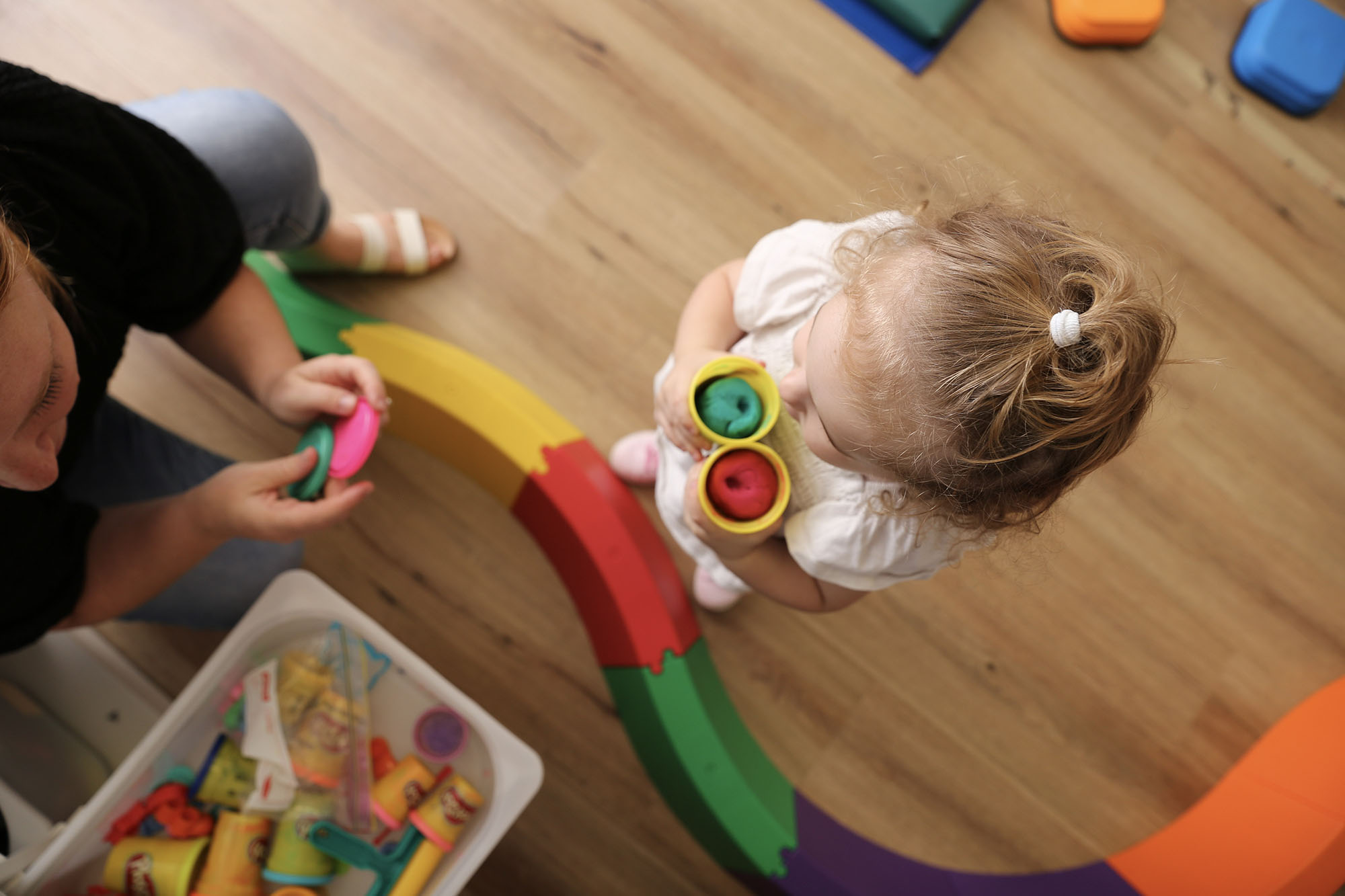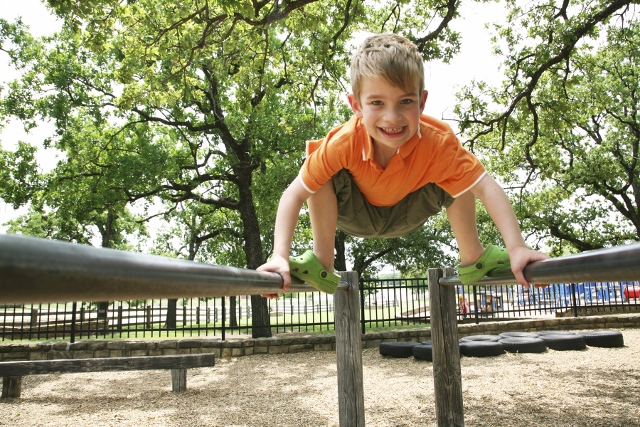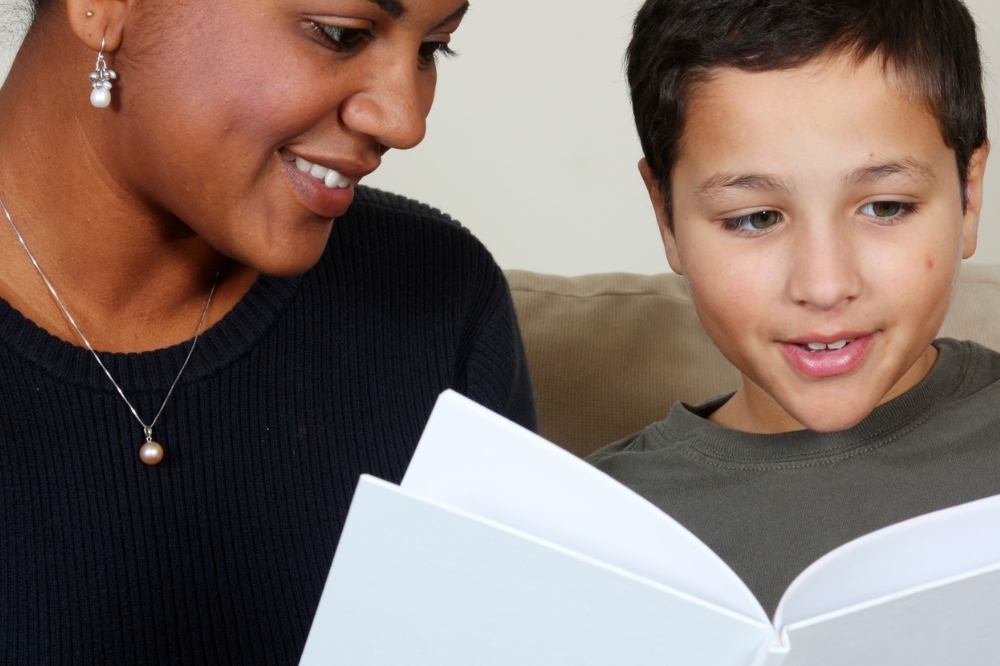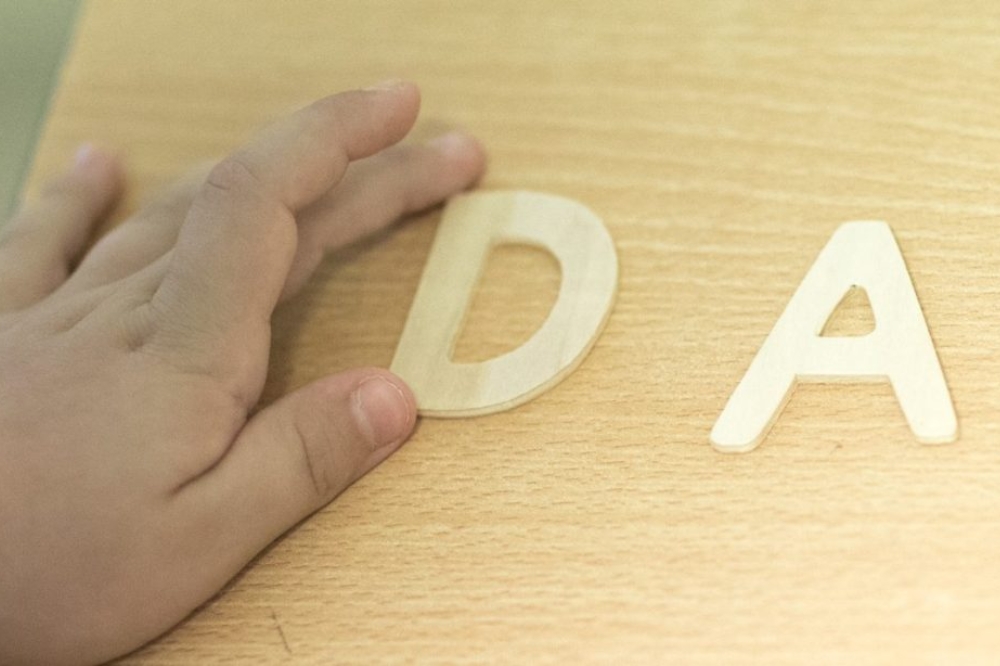- Assessments
- /
- Literacy
What is a literacy assessment?
Literacy includes the skills of phonics, reading, writing and spelling.
About Literacy Assessments
Youthrive uses a range of assessment tools to assess literacy including:
- Southerland Phonological Awareness Test – Revised (SPAT-R)
- Neale Analysis of Reading Ability
- York Assessment of Reading for Comprehension (YARC)
- Informal writing assessments

What to expect in the assessment
Your speech pathologist will discuss assessment options and, with your consent, choose an assessment suitable for your child’s age and needs. The clinician will inform you of any costs related to the assessment and report options.
The duration of the assessment may vary depending upon the assessment used and the attention/concentration skills of the person being assessed.
Following the assessment, the speech pathologist will analyse the results to determine whether therapy is needed. A report will be provided to you in the format you have requested. Together you will set goals for intervention based upon the results.


